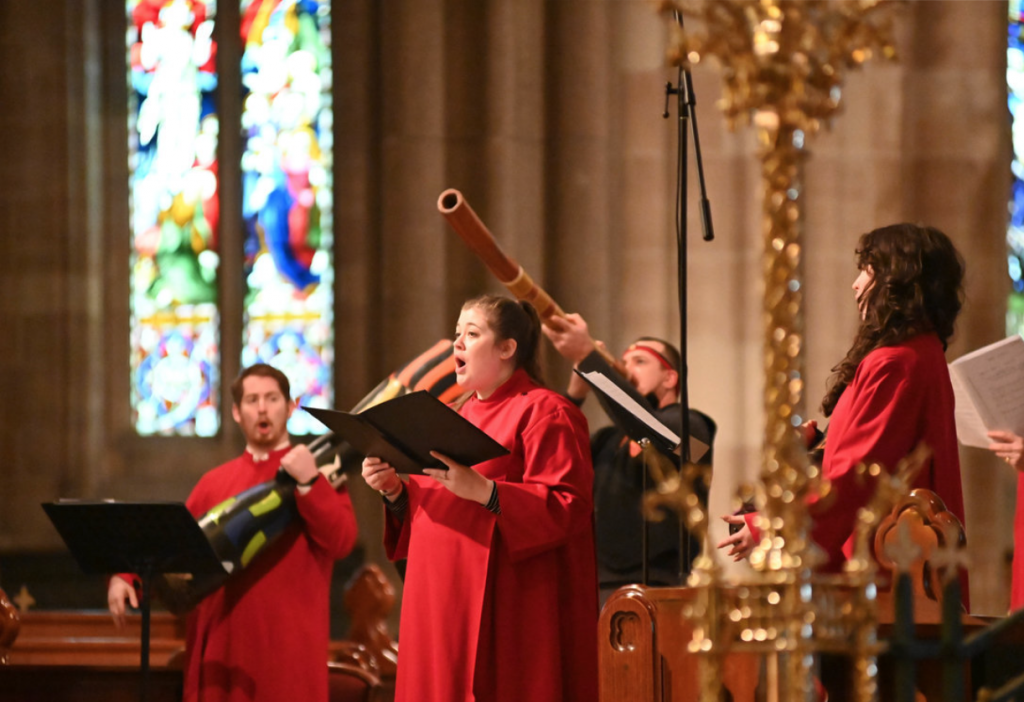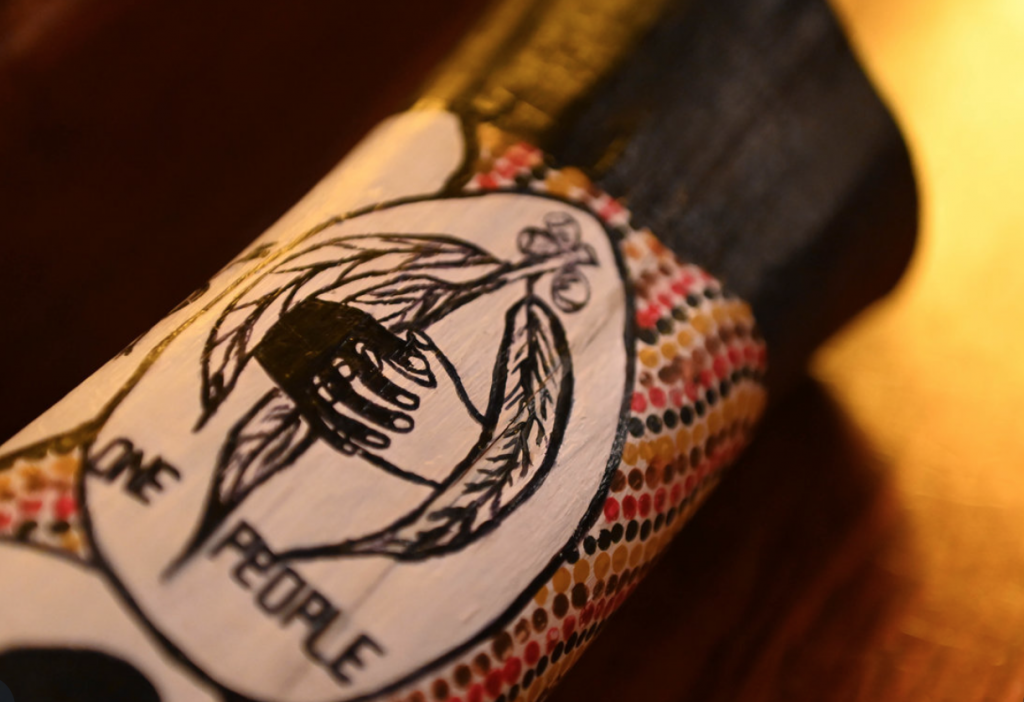On 4 July the Catholic Church in Australia celebrated Aboriginal and Torres Strait Islander Sunday, marking the beginning of NAIDOC Week (4-11 July). At St Patrick’s Cathedral in Melbourne, Archbishop Peter A Comensoli celebrated a Mass that incorporated several elements including a special Acknowledgment of Country, a traditional smoking ceremony ritual and music composed by Aboriginal and Torres Strait Islander communities.
The theme for NAIDOC Week 2021 is ‘Heal Country’, which calls on all Australians to work towards greater recognition of First Nations peoples and for greater the protection of the country’s land, water, sacred sites and cultural heritage from further exploitation and destruction.
‘We are the longest continuous culture in the world,’ said Sherry Balcombe, manager of Aboriginal Catholic Ministry Victoria.
‘The Creator chose Aboriginal people to take care of this land. Our lore was to sustain and nurture all that had been created. Our ancestors have forever danced and sang the creation stories proclaiming the sacredness of the gifts given by the Creator Spirit.’

As Sherry spoke, a local member of the Wurrunjeri People performed a smoking ceremony ritual that goes back centuries and represents a cleansing in preparation for a sacred encounter.
‘Aboriginal people never approach a sacred spiritual place without preparing ourselves properly first,’ said Sherry.
‘And thus we begin our ceremony today with sacred gum leaf smoke, a sign of oneness and peace for all our people and a sign of hope for the future in talking, laughing, singing and making decisions in a spirit of justice and truth and kindness.’
In his homily, Archbishop Peter A Comensoli acknowledged the richness of our First Peoples’ cultures and land-care practices that have been handed down through the generations.
‘Without scientific studies, and free of the politicisation of land-care, Aboriginal communities had developed, over many generations, sophisticated systems of bushfire management which would allow for the safety of families, the care of native animal habitats, and the renewal of the land and waterways,’ said Archbishop Comensoli.
‘Knowledge of these traditions and practices had been passed on by word of mouth and hands-on teaching, but not written down in any western form. So, what was known as good practice was forgotten in a contemporary-world context. Even today, the voice of our Indigenous people remains effectively muted; while some now study these life-saving practices, few in authority have taken them to heart and applied this practical knowledge for the good of people and places.
‘There is a striking similarity to be found in this example of forgetfulness and dismissiveness, and that which Jesus faced when he returned to his hometown of Nazareth. As we heard, he was “despised in his own country, among his own relations and in his own house” and he was rendered powerless as a result of the lack of faith and trust evident in his fellow townsfolk.
‘For the Indigenous peoples of Australia, the history of our common homeland is marked throughout with a similar trajectory of amnesia and mistrust. Our Aboriginal neighbours know better than anyone what it feels like to be forgotten, misunderstood and dismissed from their own homeland.
‘There is a deep river of sacramental imagination running through the lives, traditions and customs of Aboriginal and Torres Strait Islander people. The visible land around is full of the invisible presences of life and spirit. Songlines of meaning and purpose are woven through every nook and cranny of this vast continent of ours. Recognition and reconciliation are more than just abstract concepts to be put into laws.
‘On this Aboriginal and Torres Strait Islander Sunday, may we – First Peoples; colonising settlers; migrants and refugees; Australian people all – recognise the “sacramental” signs that might bring to us all a renewal of life together, a recognition of our varied identities and a reconciliation between one another.’
NAIDOC Week is celebrated from 4-11 July. A number of resources are available for use by parishes and schools to mark the occasion.
Source: Melbourne Catholic. Photos courtesy Melbourne Catholic

Join our mailing list
Keep up to date with latest news, information and upcoming events.
We respect your privacy, as outlined in our privacy policy.









